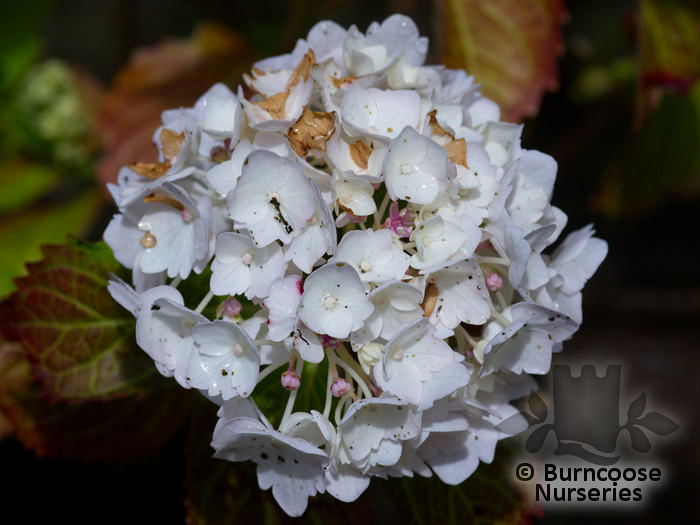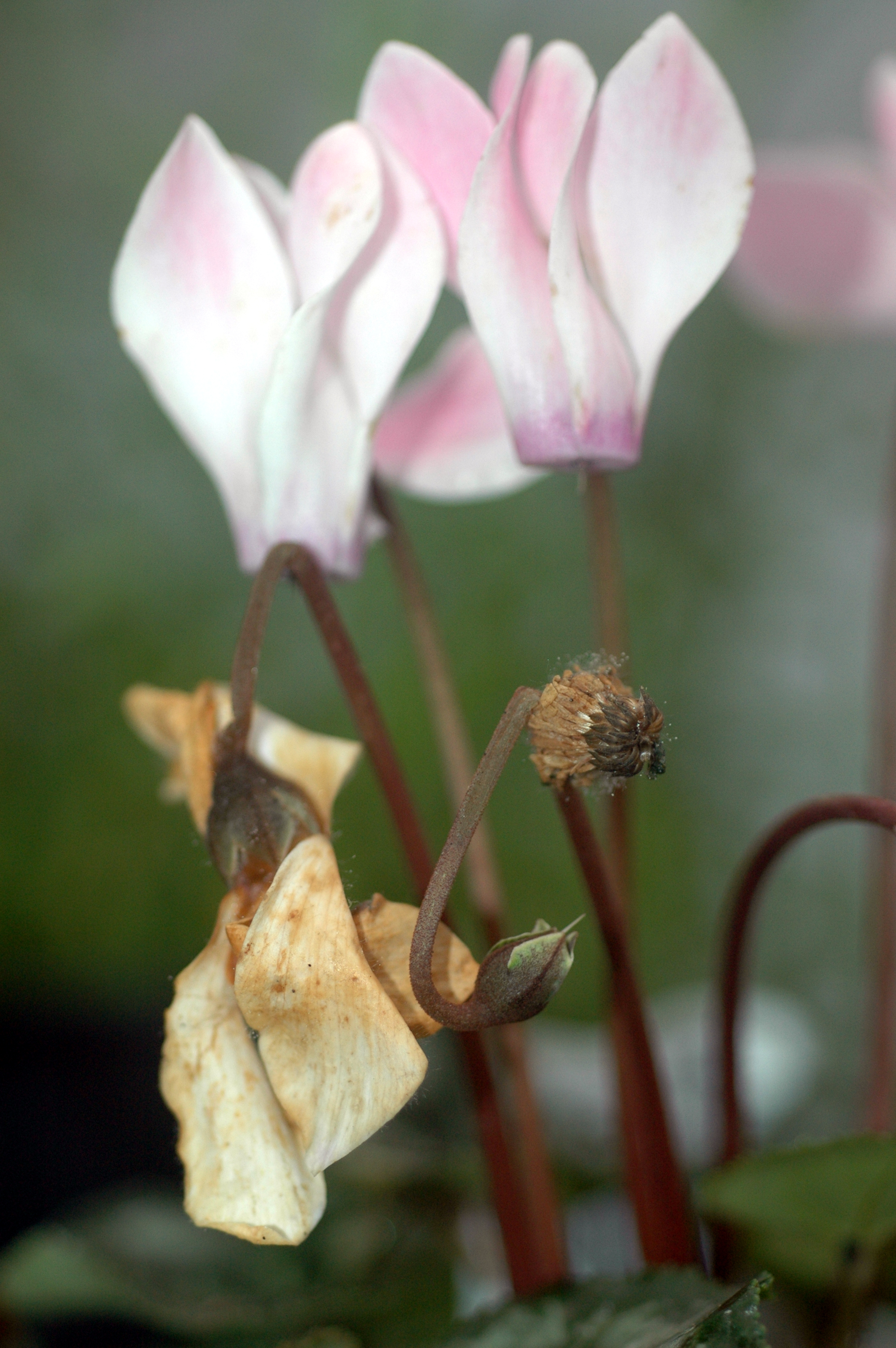
Keep an eye on leaves with light infection, and decide whether to use natural methods or fungicide products to keep the infection at bay. If you’ve missed the opportunity for prevention and are dealing with an infection you should remove all dead or severely infected leaves from the plant and destroy them to prevent further spread. “The Botrytis fungus thrives in cool and wet conditions, so avoid showering the whole plant when watering and just water at the roots,” shares Roy Nicol, a Master Horticulturist. This disrupts fungi spores from settling. Second, trim the lower levels of your bush to allow air to circulate. To avoid fungal damage: Prevention is the best cure when it comes to fungal damage.įirst, take care to remove debris and dead plant material from beneath your hydrangea bush, as this will remove the breeding grounds used by fungi. It’s often possible to nip the problem in the bud, as it were, before the damage spreads to the whole point. If you find leaf spot on your hydrangeas, fear not. If this is the case you’ll see the telltale blemishes start to show up: brown pockmarks and a general appearance of bruising and damage to the leaf.įungal damage can cause browning but you may also see yellows and purples. 3) You’ve Got Fungal DamageĪnother reason hydrangea leaves turn brown and wilt is a fungal infection called Botrytis blight. To avoid frequent wilting: Give your hydrangeas a healthy glug of water every few days when the temperatures are climbing high, and treat the soil to better retain moisture.Īfter watering, a dab of mulch around the base of each plant should help with this by keeping moisture in the soil. Wilting is caused by lack of moisture, meaning there are a few good tricks to use to prevent this from happening. 2) They Wilted Too OftenĪs well as being scorched, hydrangeas will brown if they’re left to wilt too often in the hot weather. To avoid scorch damage: Grow your hydrangeas in a spot where they’ll get sunlight in the mornings or evenings, but not during the peak hours. When things heat up over the summer however, time spent in the early afternoon rays can cause untold damage.

In the spring when the mercury stays relatively low, they’ll do fine. One sure-fire way to crisp up your hydrangea leaves is to give them too much exposure to the sun. 1) They Got Too Hot A dry hydrangea in autumn The precise reasons depend on the variety and their growing conditions, but in general, brown hydrangea leaves are a sign of dehydration and wilting in the heat.

However, if your leaves are turning brown in spring or summer, there are likely other factors at play. New growth will be observed in early spring, when you’ll notice green foliage sprouting from stems that might have appeared dead. What happens when those beautiful colours give way to brown, though? When things go awry, and your soft hydrangea leaves begin to crisp up and wither? Why Are My Hydrangea Leaves Turning Brown?įirstly – remember that most hydrangeas will die back in Autumn, causing their leaves to turn brown and fall away. Their vibrant colour palette features bright pinks, moody blues, pure whites, and everything in between, making this bushy flower a firm favourite for our nation’s gardeners. Walk through a British village or town and it’s almost guaranteed you’ll see hydrangeas, whether in a park, a churchyard, or standing proud at the boundary of somebody’s garden.


 0 kommentar(er)
0 kommentar(er)
